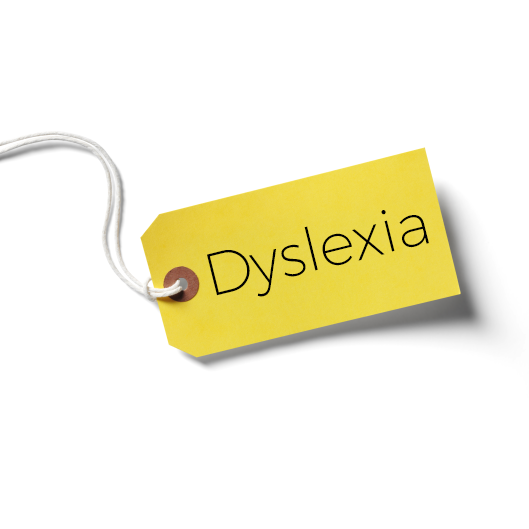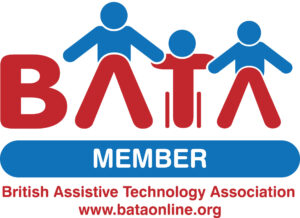Going beyond “Dyslexia”
 The term ‘dyslexia’ is not without its detractors, questioning whether there is a neurological root for the condition, or whether there are other factors at work such as environmental or social challenges to explain literacy difficulties. For those who believe it is an internal issue, it doesn’t help that there is no agreement on what that cause could be – whether it be misfiring synapses in the brain, a lack of convergence between the eyes, issues with visual and aural processing and memory, or combinations of these, – or a myriad of other theories!
The term ‘dyslexia’ is not without its detractors, questioning whether there is a neurological root for the condition, or whether there are other factors at work such as environmental or social challenges to explain literacy difficulties. For those who believe it is an internal issue, it doesn’t help that there is no agreement on what that cause could be – whether it be misfiring synapses in the brain, a lack of convergence between the eyes, issues with visual and aural processing and memory, or combinations of these, – or a myriad of other theories!
 Most agree that the resulting learning challenges include struggling to read at an age appropriate level, finding spelling difficult, confusion around certain letters, and problems with organisation and direction. Of course, not everyone considered dyslexic exhibits all these traits, or to the same degree. And you can, for instance, find spelling or telling your left from your right awkward even without being dyslexic!
Most agree that the resulting learning challenges include struggling to read at an age appropriate level, finding spelling difficult, confusion around certain letters, and problems with organisation and direction. Of course, not everyone considered dyslexic exhibits all these traits, or to the same degree. And you can, for instance, find spelling or telling your left from your right awkward even without being dyslexic!
The British Psychological Society determined that “Dyslexia is evident when accurate and fluent word reading and/or spelling develops very incompletely or with great difficulty.” So, for them, aspects of organisation and directional confusion are not integral characteristics.
All can agree however, that learning to read and write fluently is not a challenge that is exclusive to those considered dyslexic. It may be that they were hearing impaired in their developmental years and didn’t get a firm grasp of phonics. Or perhaps they have Foetal Alcohol Syndrome and their short term memory is restricted. And there could be an underlying speech and language condition that means the issue is one of appreciating the overall structure of language.
 Whilst it is understandable that when challenges arise we seek to comprehend how they came about, from an educational perspective it is, perhaps, more useful to have a detailed understanding of what they are, and a plan to address them i.e. focus on the learning needs, rather than the labels we apply to them. (That isn’t to say that labels aren’t useful. They act as a shortcut to our understanding.)
Whilst it is understandable that when challenges arise we seek to comprehend how they came about, from an educational perspective it is, perhaps, more useful to have a detailed understanding of what they are, and a plan to address them i.e. focus on the learning needs, rather than the labels we apply to them. (That isn’t to say that labels aren’t useful. They act as a shortcut to our understanding.)
The concern then, shouldn’t be ‘What do we mean by dyslexic?’ but rather, what does it mean for this particular child or young person. Surely we can all agree on that!
By John Galloway
John specialises in the use of technology to improve educational opportunities for children and young people with special educational needs. Much of the week he works in Tower Hamlets, in London’s east end. He also freelances as a writer, consultant and trainer. @johngalloway







